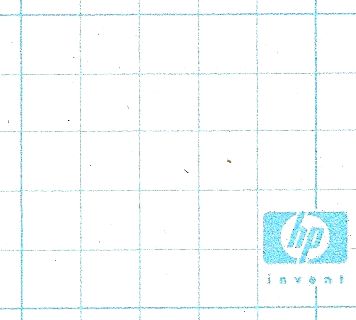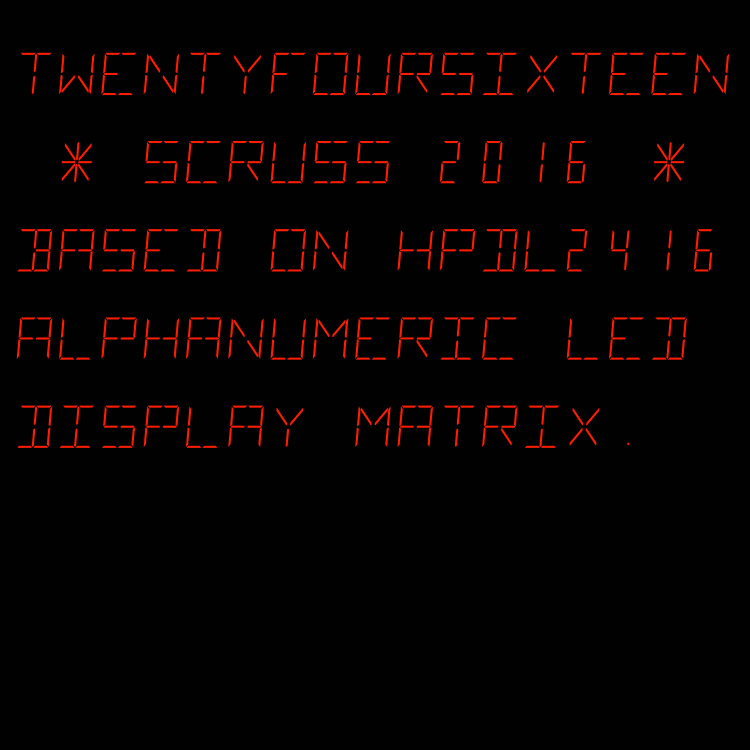
Download: TwentyfourSixteen.zip.
Made in 2016 by Stewart C. Russell – scruss.com
A mono-spaced font family derived from the HP/Siemens/Litronix DL-2416 17-segment alphanumeric 17 segment LED display matrix.
Design size: appx 19 pt
For maximum fidelity, should be displayed/printed red to match the original’s ~640 nm wavelength. This corresponds to RGB #ff2100
Weights
Regular only.
Note that this has a very slight skew (5°) built in.
Coverage
ASCII only, upper case.
Author
Stewart C. Russell – http://scruss.com/blog/
Licence
Dual-licensed CC0/WTFPL (srsly)
also: numbers.zip — just 00-99 as PNG images, after this, made with Pango, like this:
for f in {00..99}
do
pango-view --no-display --background=black --dpi=112 --align=right --foreground='#ff2100' --font='TwentyfourSixteen Regular 48' --hinting=full --output="$f.png" -t "$f"
done
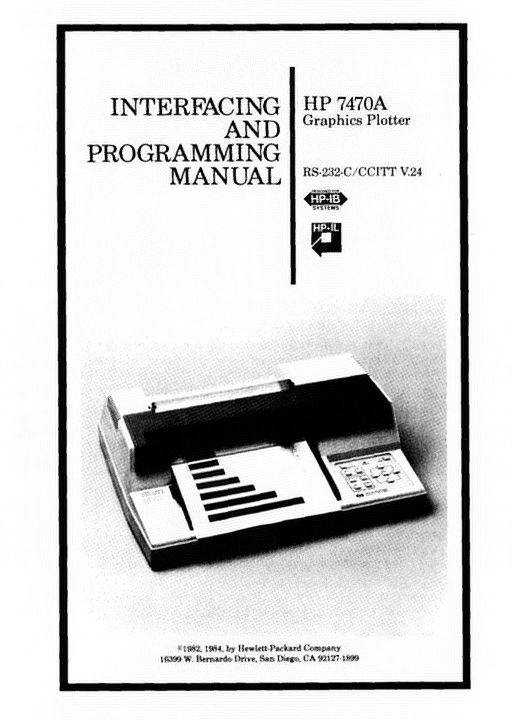
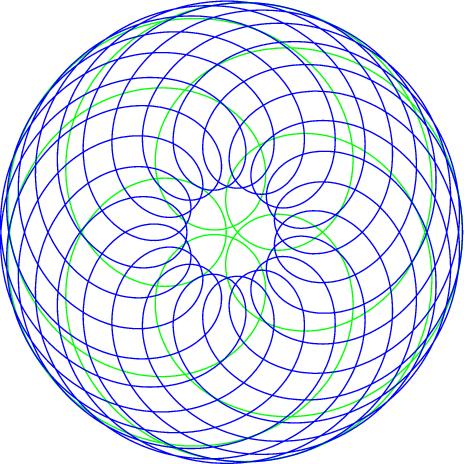
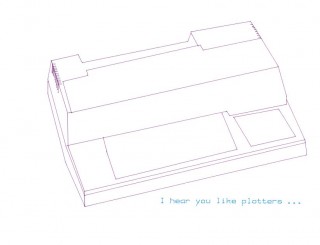


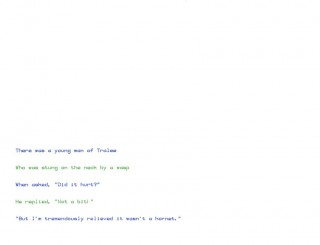

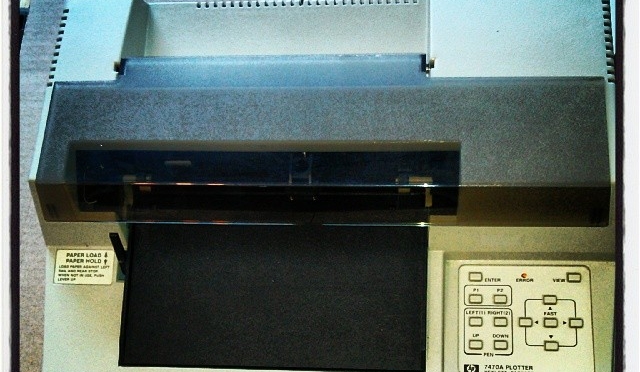
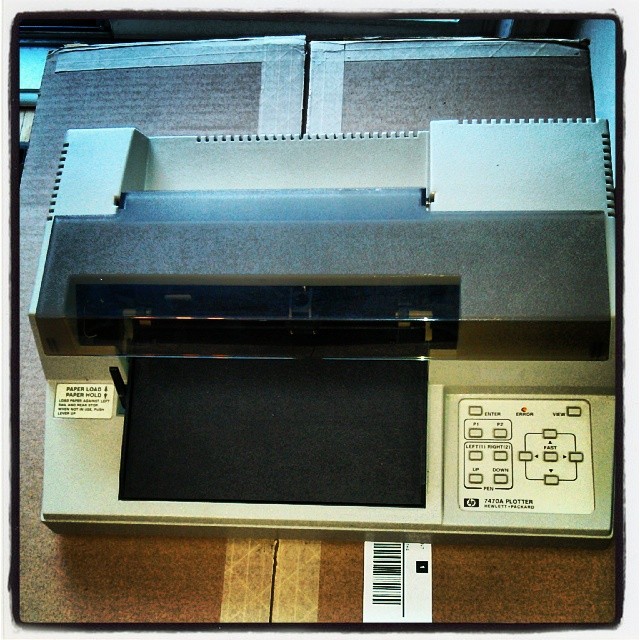
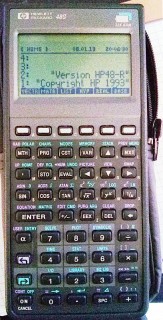
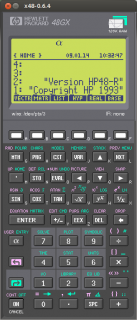


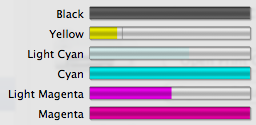 I think I’m on my second light cyan and magenta, while I’m on my fourth regular cyan and magenta cartridges.
I think I’m on my second light cyan and magenta, while I’m on my fourth regular cyan and magenta cartridges.